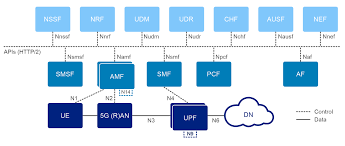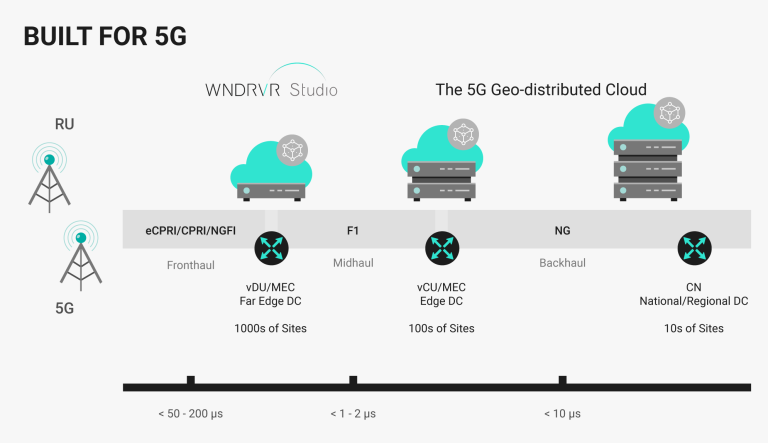What Is VTS (Vehicular Transportation System) and How Does It Work?
telcomatraining.com – In today’s fast-paced world, efficient transportation is essential for economic growth and urban development. One of the key technologies improving mobility is the Vehicular Transportation System (VTS). This system integrates various technologies to optimize traffic flow, enhance road safety, and improve fuel efficiency. But what exactly is VTS, and how does it function? In this article, we will explore the definition, components, and working mechanisms of VTS to understand its role in modern transportation.
What Is VTS?
The Vehicular Transportation System (VTS) is a network of vehicles, infrastructure, and communication technologies designed to streamline transportation. It utilizes real-time data, artificial intelligence (AI), and the Internet of Things (IoT) to optimize vehicle movement and reduce congestion. VTS is commonly implemented in smart cities, logistics, and public transportation systems to improve efficiency and safety.
Key Components of VTS
To understand how VTS works, it’s important to look at its key components:
- Traffic Management Systems (TMS)
- These systems monitor and control traffic flow using sensors, cameras, and AI-driven algorithms.
- They help in reducing congestion, optimizing signal timing, and managing accidents in real time.
- Vehicle-to-Everything (V2X) Communication
- This technology enables vehicles to communicate with other vehicles (V2V), infrastructure (V2I), pedestrians (V2P), and networks (V2N).
- It enhances safety by providing real-time alerts about road conditions, accidents, and traffic signals.
- Global Positioning System (GPS) and Navigation
- GPS technology allows vehicles to determine their precise location and find the most efficient routes.
- It helps in reducing travel time, fuel consumption, and carbon emissions.
- Automated Traffic Control Centers
- These centers analyze data collected from sensors and cameras to make real-time decisions for traffic flow optimization.
- They assist in emergency response coordination and dynamic route adjustments.
- Autonomous and Connected Vehicles
- Self-driving cars and connected vehicles play a vital role in VTS by using advanced AI and machine learning.
- They contribute to accident prevention, fuel efficiency, and seamless traffic integration.
How Does VTS Work?
VTS operates through a combination of data collection, analysis, and execution to enhance transportation efficiency. Below is a step-by-step breakdown of how it functions:
1. Data Collection
- Sensors, cameras, GPS systems, and IoT devices collect real-time data on vehicle speed, traffic conditions, and road status.
- Information is gathered from vehicles, traffic signals, road infrastructure, and weather sensors.
2. Data Processing and Analysis
- Advanced algorithms and AI process the collected data to identify patterns, congestion points, and potential hazards.
- The system predicts traffic trends and suggests optimal routes for drivers.
3. Communication and Decision Making
- Vehicles and infrastructure communicate through V2X technology, allowing real-time updates to be shared.
- Traffic signals adjust dynamically based on real-time congestion levels.
- Emergency vehicles receive priority clearance for faster response times.
4. Action Implementation
- Drivers receive navigation updates, accident alerts, and route suggestions through mobile apps or in-car systems.
- Smart traffic lights adjust to reduce congestion and optimize traffic flow.
- Public transportation vehicles synchronize schedules to enhance efficiency and reliability.
Benefits of VTS
Implementing a well-designed VTS provides numerous advantages, including:
1. Reduced Traffic Congestion
- Optimized traffic signals and dynamic route adjustments prevent bottlenecks and long delays.
2. Enhanced Road Safety
- Collision detection, automated braking, and real-time alerts help reduce accidents.
3. Fuel Efficiency and Reduced Emissions
- Efficient route planning minimizes fuel consumption and carbon footprints, contributing to environmental sustainability.
4. Improved Public Transport Services
- Bus and train schedules are optimized for better connectivity and reduced waiting times.
5. Cost Savings
- Efficient transportation lowers fuel costs, vehicle maintenance expenses, and overall operational costs.
Future of VTS
The future of VTS looks promising with advancements in autonomous vehicles, AI-driven traffic management, and smart city integrations. Emerging technologies such as 5G connectivity, blockchain for vehicle tracking, and cloud-based data sharing will further enhance VTS efficiency. Governments and private sectors are investing in sustainable mobility solutions to create smarter and safer transportation systems.
Conclusion
The Vehicular Transportation System (VTS) is revolutionizing modern transportation by improving traffic efficiency, enhancing safety, and reducing environmental impact. By leveraging AI, IoT, and real-time data processing, VTS optimizes vehicle movement and streamlines transportation networks. As technology continues to evolve, VTS will play an even greater role in shaping the future of mobility. Whether for urban commuting or logistics, implementing VTS is a step toward a smarter, more efficient transportation system.







